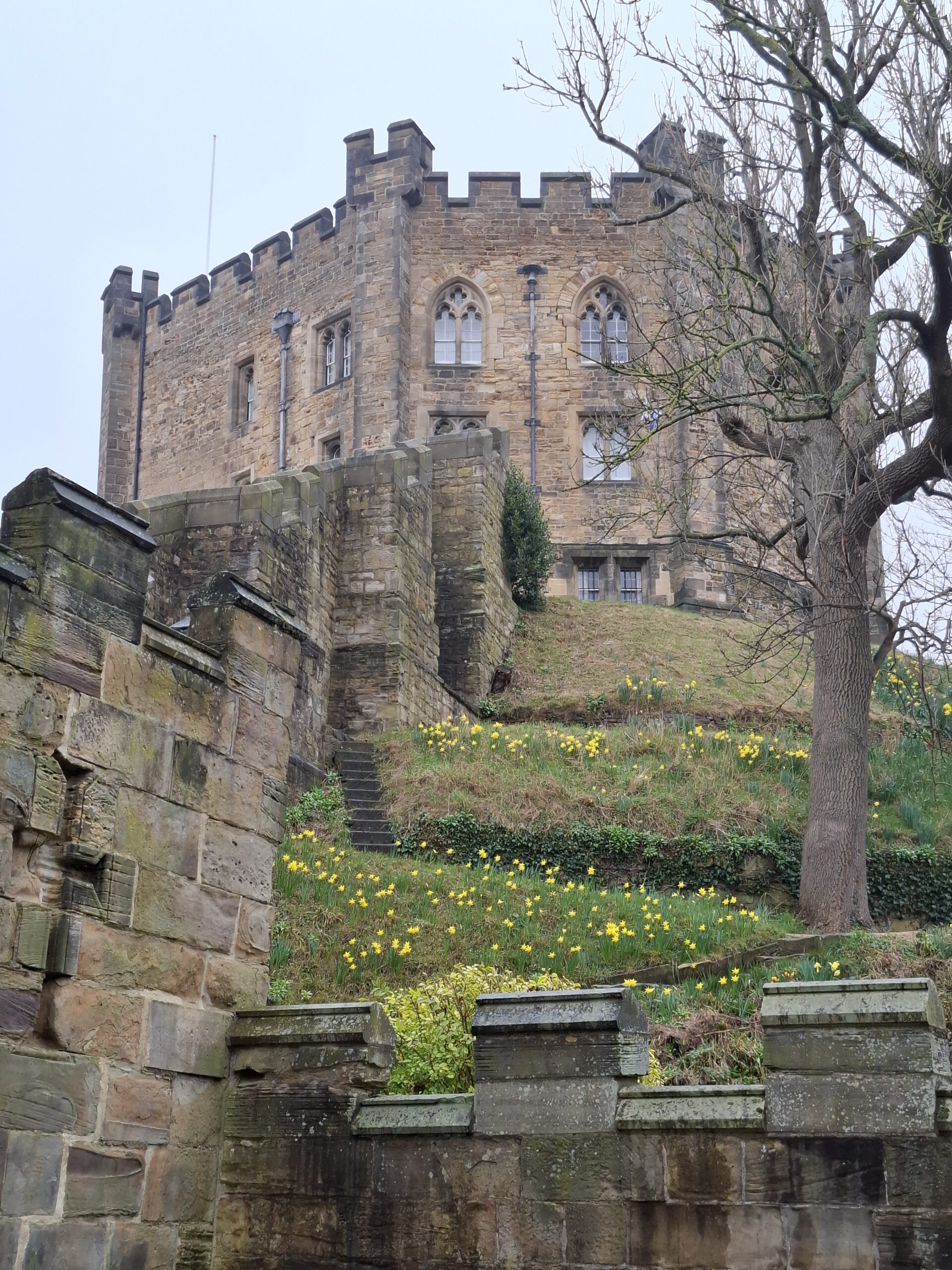Durham Castle is like a game of Chess but the winning piece turns out to be the Bishop!
Durham Castle, now a University, was once a Norman Castle and around every corner, you can see little snippets of history.


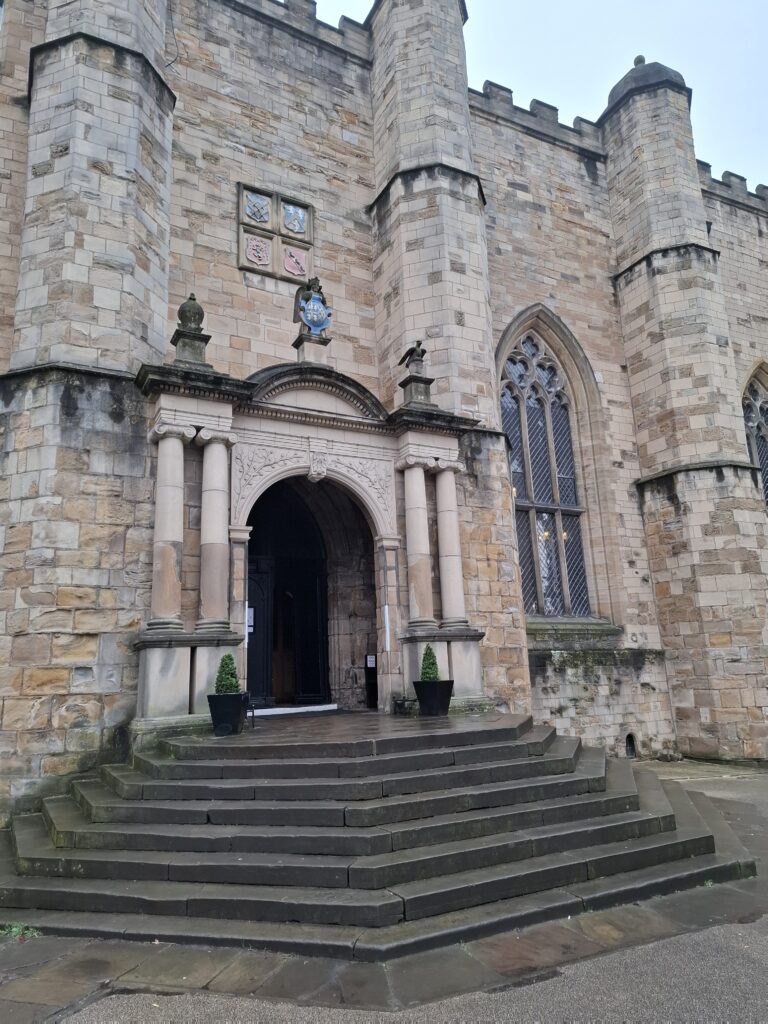
William the Conqueror became the first Norman King of England following victory at the Battle of Hastings in 1066 and ordered the construction of Durham Castle in 1072. The new castle would protect the Norman rulers from the rebellious local population and potential invasions from Scotland.
During the Medieval period, many kings and queens visited Durham Castle including Edward I, Philippa of Hainault Queen to King Edward III, Henry III, King John, Edward III and Henry VI.


The Black Stairs were the piece de resistance of Bishop Cosin’s refurbishment of the Castle. It was designed as a flying staircase, meaning that it would have had no vertical supports. Each stair was embedded into the wall, with the weight deflected from the top to the bottom. Unfortunately, Cosin’s builders miscalculated, and the staircase began to lean soon after its construction.
To stabilise the structure, wooden posts were put in. These remain in place today. I must admit I am actually impressed by his ostentatious. From the width of the stairs and the depth of each step the Black Stairs were designed to be a talking point and I bet Bishop Cosin enjoyed gliding down them like a celestial. Even the stairs are decorated with ornate carvings of pineapples to project wealth, luxury and hospitality.
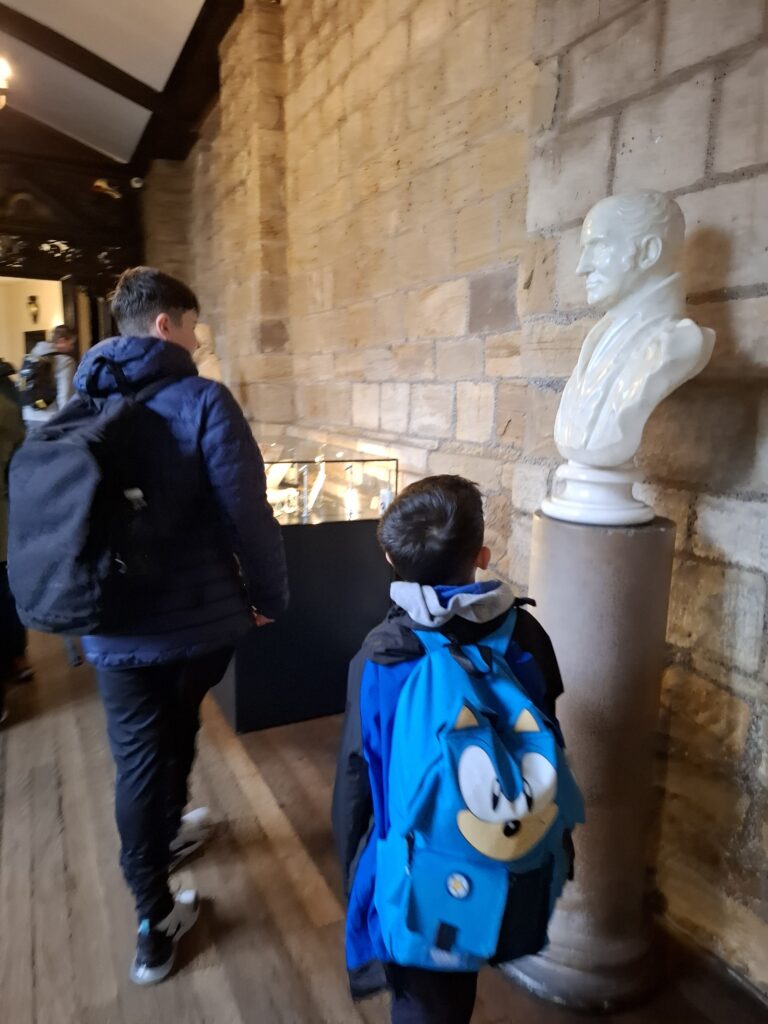
At the time, the Pineapple was a rare and prized fruit, used to demonstrate a person’s wealth and refinement. Bishop Cosin used to serve his guests this ‘Pineapple’ but it has been said guests were never served the sweet and succulent Pineapple at all.
It makes me chuckle to think someone in the castle lied and prepared what they thought would pass as a Pineapple. They were served spiced apple! I think many of us have tried a Pineapple, and agree it doesn’t taste anything like that!
Did Bishop Cosin know? He might not have tasted the fruit either and neither have his guests even if they did who would say otherwise. The Pineapple symbolizes unity and warmth, sharing and consuming pineapple as a way to foster community and friendship. And I think these dinner parties are a great example of this.
The Tunstall Chapel constructed by Bishop Cuthbert Tunstall in 1540, was completed during the first days of the Reformation – the break-away from the Roman Catholic Church and a turning point in English history.
This religious transformation, which was to prove permanent and extremely significant, is best represented in the portrait of Cuthbert Tunstall himself that still hangs in the chapel today. Tunstall’s fists are clenched, but he is holding nothing in them – originally, he was depicted holding a rosary, which was painted over after the Reformation because it was a symbol of Catholicism.
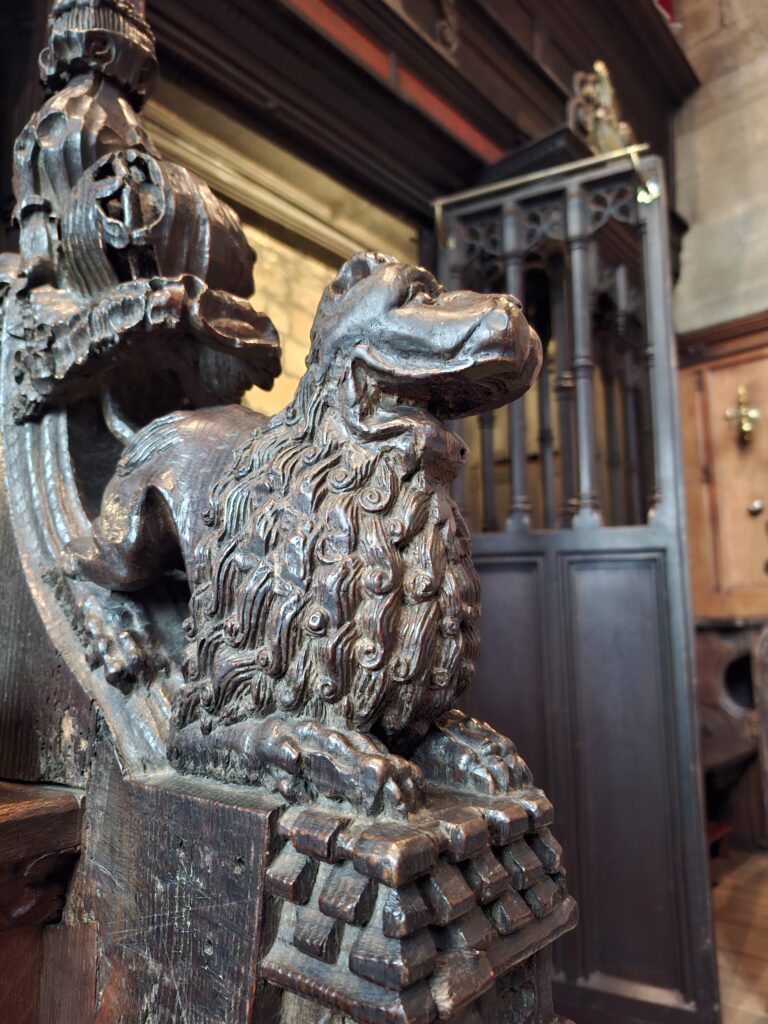
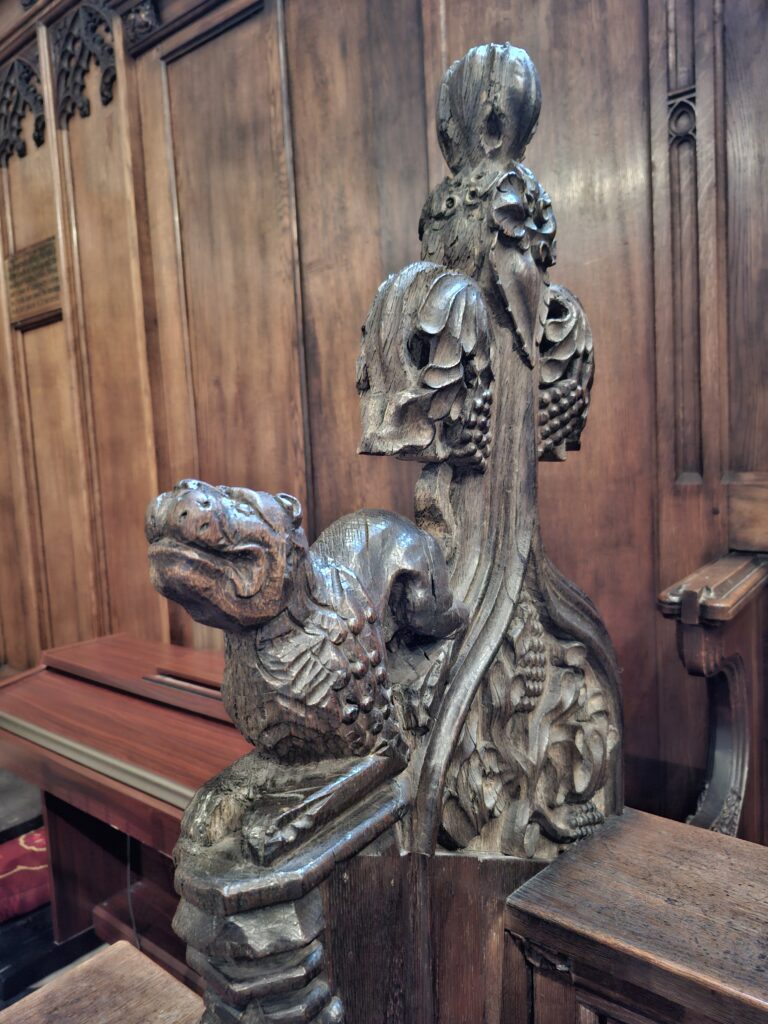


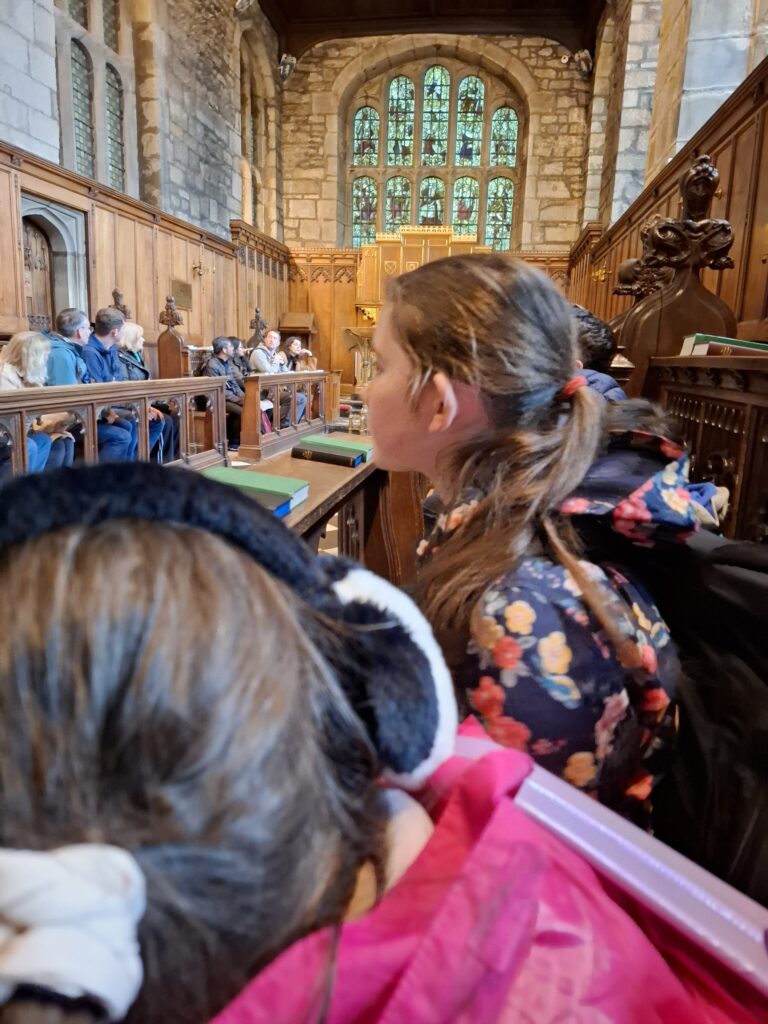
Tunstall Chapel is like a ‘Where’s Wally Book’ as you catch yourself searching for the beautiful handcrafted carvings found in the Columns, Misericords and hidden places around the Chapel. The kids found it fun working out some of the more obscure designs. They are truly a work of art.
Durham Castle is full of History, I find it fascinating how ambitious the additions added to Durham Castle they were Innovators of their time.
Check out our reel
Guided tours last approximately 45mins-1hr. Entry is £5 for adult and children are free. It is not accessible for prams or wheelchairs or those who struggle to climb stairs.
If you want to stay out of the rain or have a few hours spare in Durham, book a tour it’s worth the £5!
Book your tickets via the link below

